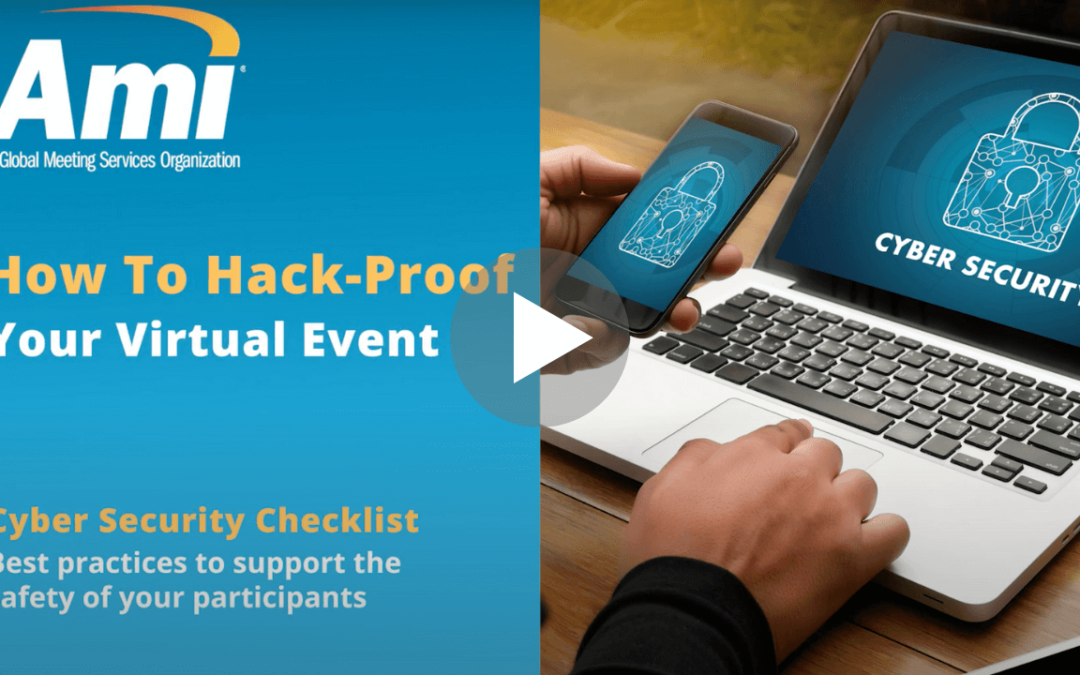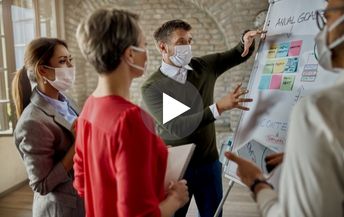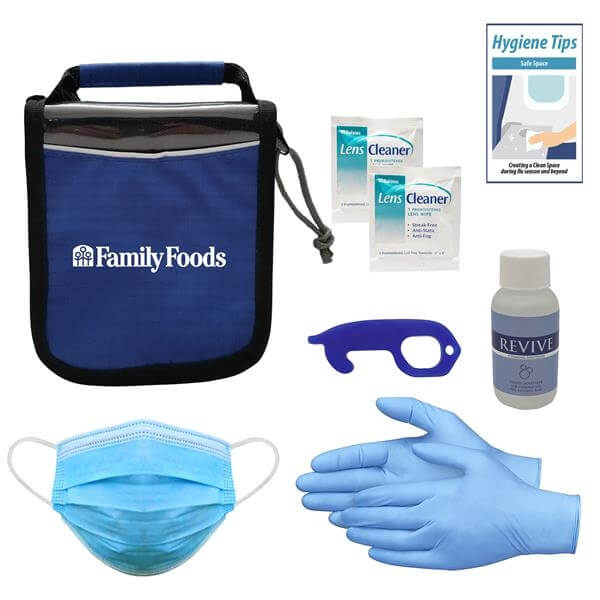
by Philip Smith | Nov 18, 2020 | Virtual Meetings
With COVID shutdowns, virtual meetings took over, allowing people to stay connected while safely apart. However, with the rise in virtual meetings also came the need to keep unwanted guests from entering meetings – competitors dropping into private meetings,...

by Philip Smith | Sep 30, 2020 | Virtual Meetings
Learn how to host a virtual event and what to look for in a virtual meeting master of ceremonies or moderator There’s no doubt Virtual Events have taken over, and with the current state of global affairs, it isn’t clear how soon that will change. We recently met with...

by Philip Smith | Sep 16, 2020 | Onsite Safety, Video
A pre-meeting checklist is always a good idea, but in our post-pandemic corporate meeting and event world – health and safety are more important than ever. In this video, you’ll learn the 10-best practices that support the health and safety of your corporate meeting...

by Philip Smith | Jul 16, 2020 | In-Person Meetings, Meetings Industry
As Meetings Industry suppliers are slowly beginning to re-open their doors across the United States and around the globe, we are seeing a variety of new health and safety protocols and innovative strategies that create a safe environment for attendees and...

by Philip Smith | Jul 15, 2020 | Meetings Industry
Do you typically debrief after an event? Talking about what went well, and what could be improved upon is an important practice, otherwise, you could be missing out on valuable opportunities to grow. But, if you are only debriefing with organizers and not...






